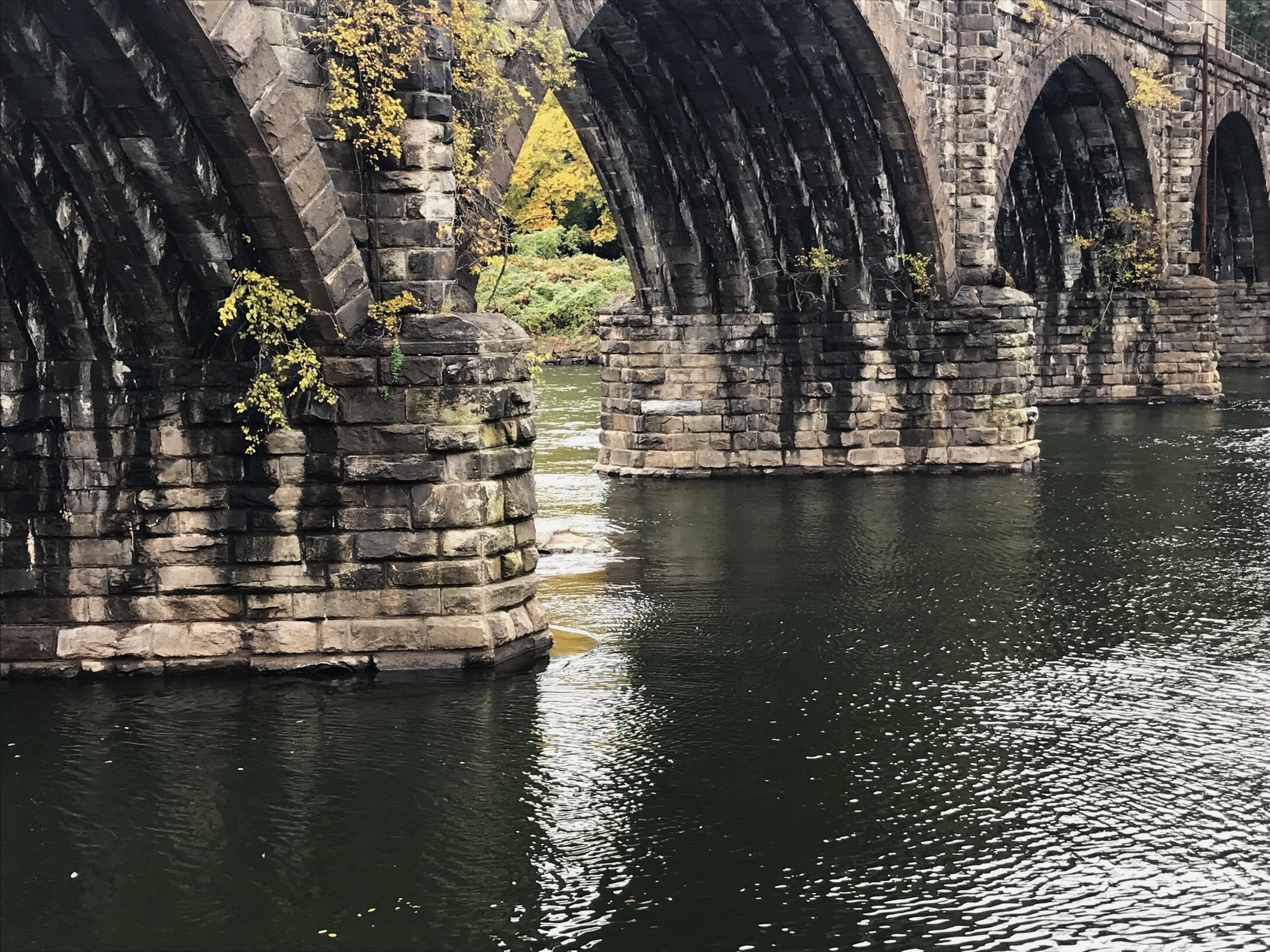-
Indoor Air qUality
industrial hygIene
Legionella bacteria
-
Asbestos
silica
Phase I ESAs
-
Lead
mold
VOCs
FAQ
What is an indoor air quality survey?
Indoor air quality refers to the air quality within a home or building. Contaminants may be present in the indoor air, which, in high enough concentrations, can cause occupant discomfort or even sickness. Common indoor air quality contaminants can include carbon monoxide, environmental tobacco smoke, radon, respirable fractions of dust, mold, formaldehyde, solvents and other volatizing organic compounds.
A good indoor air quality survey will identify the specific contaminants of concern for a building, perform testing to measure their concentrations, and then provide recommendations for corrective actions, if necessary. Additionally, measurements will be collected to determine if ventilation within a space is adequate and if temperatures and relative humidity levels are within a range that allows for the occupants to be comfortable in their environment.
What is industrial hygiene?
From the American Industrial Hygiene Association : “Industrial Hygiene is a science and art devoted to the anticipation, recognition, evaluation, prevention, and control of those environmental factors or stresses arising in or from the workplace which may cause sickness, impaired health and well being, or significant discomfort among workers or among citizens of the community.”
https://www.aiha.org/about-ih/Pages/default.aspx
Here at Viva EHS we pride ourselves on being experts in the science and art of industrial hygiene and in protecting employees from workplace overexposures.
What is asbestos? Where is asbestos found? What are the hazards associated with asbestos exposure?
Asbestos is a fibrous, naturally-occurring mineral that has been mined and fabricated into many various materials for thousands of years. Asbestos was once used in many building materials because of its natural properties. It is heat, fire, chemical, and electrically resistant, it has great tensile strength, and is sound absorbent.
While the use of asbestos in building materials is now highly restricted, it was once put in many materials, including: plaster, drywall, tile, mastic, glues, transite, roofing, pipe insulation, duct insulation, spray-on fireproofing, boiler insulation, flue packing, glazing, caulk, fire doors, fire resistant clothing, ceiling tiles, roofing materials, gaskets, automobile brakes, crayons, talc-containing products, and many, many more materials.
Asbestos-containing materials, when damaged or degraded, release asbestos fibers, which can become an inhalation hazards for those who are exposed. Asbestos is a known carcinogen and exposure to is can cause respiratory diseases, such as lung cancer or mesothelioma.
What is lead? Where is lead found? What are the hazards associated with lead exposure?
Lead is a soft and malleable heavy metal that is mined for use in many industrial processes.
Historically lead was added to paint, plumbing piping and solder, to gasoline as an anti-knocking agent, in lead-acid batteries, bullets, shot, fishing lures and weights, and many more products. While many types of lead-based paint and adding lead to gasoline, has now been banned, lead is still used today in many industrial applications.
As a contaminant, lead can be found in water supplies, food and beverages, in soils, on painted surfaces, as dust within a home or school, in welding fumes, in construction debris, and in airborne dust created during demolition.
Exposures to toxic levels of lead can occur in the home, at school, or in occupational settings. The primary exposure pathways to lead are through inhalation and ingestion. When lead is inhaled or ingested, it is absorbed into the blood and can then accumulate in the soft tissues and bone. The toxic effects of lead exposure can affect every organ system. Its effect on the nervous system is of greatest concern, as lead acts as a neurotoxin that can cause neurological issues, irritability, behavioural changes, learning disabilities, brain damage, and even death.
What is mold? Where is mold found? What are the hazards associated with mold exposure?
Molds are fungi. They are a naturally-occurring organism that are present everywhere in the environment around us. There are many thousands or different species of mold. Higher concentrations of mold can be found outdoors in areas with high humidity, in soils, on decaying plants, on wood, and are important part of the recycling of nutrients in the environment.
Exposure to mold can be through inhalation or skin contact. While there are some useful mold species that are used in food and pharmaceutical production, there are other species that can be a nuisance and cause allergic reactions in humans. While reactions to mold are highly individualized, some species produce something cause mycotoxins, which can be pathogenic to humans, especially persons who have weaker immune systems, like young children, older populations, and people who are immunocompromised. Overexposure to mold spores can also cause individuals to become hypersensitive to that species of mold.
Mold needs moisture to grow and reproduce. In a home, school, or office setting, mold can grow when building materials get wet from leaks, water intrusions, or high humidity levels, and in areas with poor ventilation.
What is silica? Where is silica found? What are the hazards associated with silica exposure?
Silica, or silicon dioxide, most commonly occurs in the environment as the mineral, quartz, and also as a part of several living organisms. Quartz is the second most common mineral on the surface of the Earth is the most common constituent in sand.
Sand is used in many industrial processes, to produce glass, and within the construction industry to produce concrete and cement products.
When products containing silica are ground, saw-cut, sanded, abraded, or demolished, the silica can be broken into very small particles which can be an inhalation hazard. These particles can reach deep into the lungs and cause respiratory illnesses such as bronchitis, silicosis, and lung cancer, and even autoimmune diseases.
New stricter silica standards, established by OSHA, have recently been put into place to control worker overexposures to silica.
What are Legionella bacteria? Where are Legionella bacteria found? What are the hazards associated with Legionella bacteria exposure?
Legionella is a genus of gram-negative bacteria found naturally in outdoor water systems. Although ubiquitous in freshwater ecosystems, concentrations of Legionella bacteria in domestic systems may vary with water temperature, biocide level, and the presence of natural hosts, such as protozoa.
Legionella bacteria can make its way into indoor water systems and cooling towers, allowing a pathway to occupant exposure. If a water system is not properly treated, once the bacteria enters the system it will multiply. Sources of Legionella bacteria can include cooling towers, water fountains, showers, sinks, ice machines, pools, saunas, humidifiers, decorative water features, produce water spraying systems, sprinkler systems, etc.
Legionella has been found to cause the illness legionellosis. Two (2) serious syndromes associated with legionellosis are Legionnaires’ disease and Pontiac Fever. Legionnaire’s disease is caused by the Legionella pneumophila bacteria. Pontiac Fever is caused by the Legionella longbeachae bacteria. The inhalation of aerosols containing Legionella pneumophila bacteria is thought to be the primary cause of legionellosis.
A good water management plan, water testing, and water treatment are the best ways to prevent the spread of legionellosis in a facility.
What is a Phase I Environmental Site Assessment? Do I need a Phase I Environmental Site Assessment?
A Phase I Environmental Site Assessment is a thorough investigation into the past and present uses and conditions of a property as they relate to what are called “recognized environmental conditions” or “RECs”. RECs are environmental conditions that are now, or may potentially become, hazardous in nature, to the property, its inhabitants, or the environment.
The intent of a Phase I Environmental Site Assessment is to identify these RECs during a commercial real estate transaction to provide liability protection to the buyer or financial lender prior to the time of purchase. It is a practice of due diligence on the part of the User of the Phase I, in order for them to qualify for the Innocent Landowners Defense of the Comprehensive Environmental Response Compensation and Liability Act of 1980 (CERCLA Liability).
In practice, a Phase I involves research into the past and present uses of the Property, historical research of the Property, an environmental records search for the Property and surrounding area, a review of the topography and geology of the site, interviews with relevant parties, and a site investigation to determine if there are any present-day or historical RECs present at the Property.

